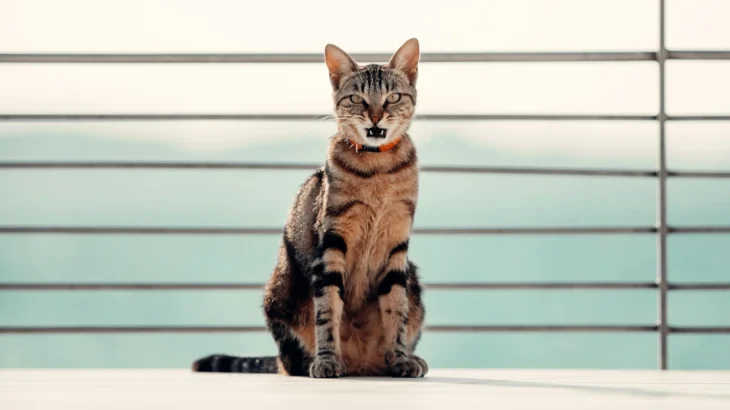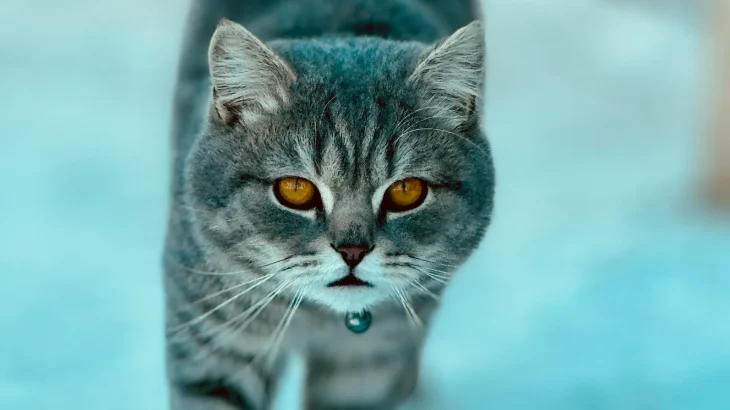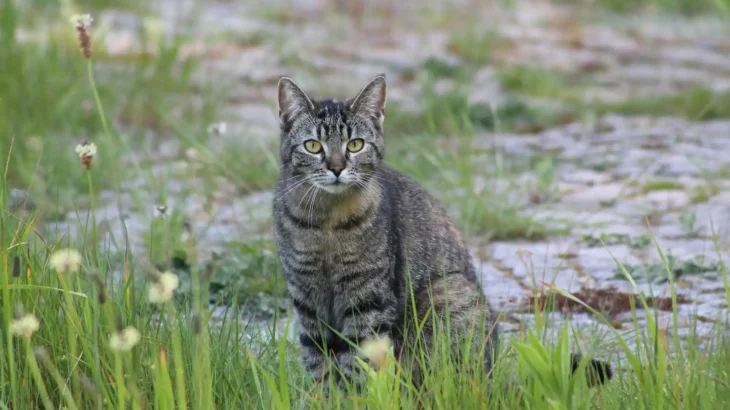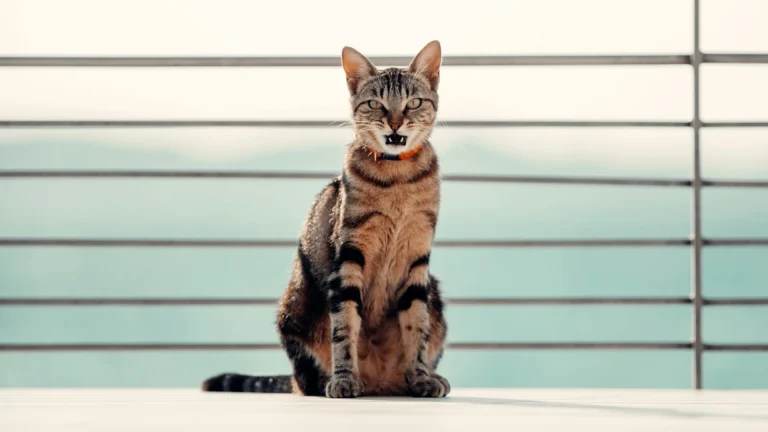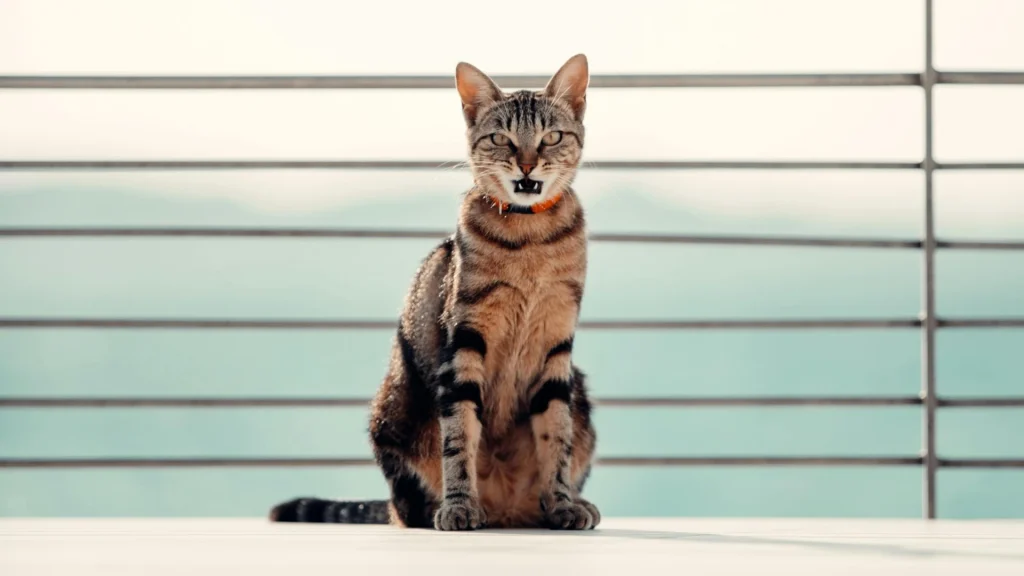Deciding whether to adopt or purchase a Sokoke kitten depends largely on your priorities around lineage, health transparency, and ethical support of breeding practices. While buying from a breeder offers insight into the cat's pedigree and health background, adoption favors giving a home to cats who may not otherwise have one, though with less certainty about their history.
Adoption vs. Breeder: Pros & Cons
| Criteria | Buying from Breeder | Adopting from Shelter/Rescue |
|---|---|---|
| Cost | Higher cost due to purebred status and pedigree documentation. | Lower fees, making adoption more budget-friendly. |
| Health History | Detailed health info and genetic screening usually provided. | Often unknown or limited health background; basic checks done. |
| Age Availability | Typically available as young kittens for early bonding. | Varied ages including adults, which may require adjustment time. |
| Temperament Insight | Breeders can share lineage and disposition traits. | Shelter staff report observed behavior, but full history unknown. |
| Supporting Practices | Supports controlled, ethical breeding programs. | Supports animal welfare by rescues focusing on rehoming needy cats. |
| Breed Purity & Pedigree | Guarantee of breed standards and pedigree documentation. | No guarantee of purebred status or detailed lineage. |

